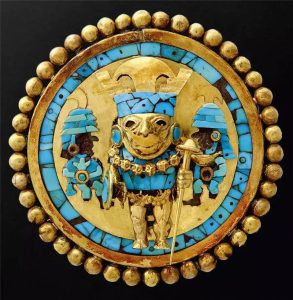“Cats Can’t Talk?”If you’ve been a cat owner for long enough, you’ll quickly realize this statement is far from true! Cats not only “talk,” but when they do, they make their needs crystal clear!
-
Calling Specifically for Humans
You might not know this, but adult cats rarely use “meowing” to communicate with each other. In the wild, cats rely more on body language—like tail movements and scent marking—to communicate with fellow cats. Meowing is actually a behavior developed specifically for humans, serving as a tool for human-cat communication.Studies have found that while wild kittens meow softly to their mothers for help, they stop doing so as adults. However, domestic cats retain and refine meowing because they discover that this sound grabs human attention quickly. For example, when a cat wants its owner to open a door, it will meow at them. But when encountering another cat blocking the way, it won’t meow.Cats also use different combinations of short and long meows to express the urgency of their needs. Researchers analyzed the meows of 120 domestic cats and found that cats use combinations of short (less than 0.5 seconds) and long (more than 1 second) meows to signal different priority levels. When a cat meows with a “short-short” pattern, it usually indicates a low-priority need, such as wanting to play or being curious about something, with the cat generally feeling relaxed.However, when the cat meows with a “long-long” pattern, it usually signals a higher-priority need, like hunger or being trapped somewhere. More communicative cats might even combine “short-long” meows to indicate a moderate-level need.Trembling Meows: In addition to short and long meows, cats occasionally produce meows with a tremor. These sounds are often made when cats are “cuddling” or trying to trigger the human’s nurturing instinct. Research has shown that the frequency of these trembling meows aligns closely with the frequency of a human baby’s cry, which naturally triggers attention and protective responses in the human brain.Think about it—does your cat make this sound when it’s being affectionate? If so, it’s a sign of high communication skill, knowing exactly how to trigger your empathy!Rapid Meows: When a cat produces a series of quick, rapid meows, it’s usually sending an urgent signal. This could mean the cat has spotted a danger or is feeling physically unwell (like being injured). Studies show that cats in pain or anxiety will use high-frequency, fast meows to release stress while also grabbing their owner’s attention. This type of meowing is similar to a human’s cry for help. If your cat makes this sound, it’s important to be alert.

-
Mimicking Their Owner’s Voice
Interestingly, some cats with strong communication skills will even mimic their owners’ tone of voice, adjusting their meows to match. For instance, when you speak to your cat in a gentle tone, its meows become gentler too. If you speak to it in a hurried tone, the cat will match by meowing more sharply.This mimicry is a unique form of communication that evolves through long-term interaction with their owners. It shows just how sophisticated and adaptive cats can be when it comes to engaging with humans.
Now you know—domestic cats are actually very skilled at communication. They use different types of meows to interact with you. So, does your cat have all these different meows too?





